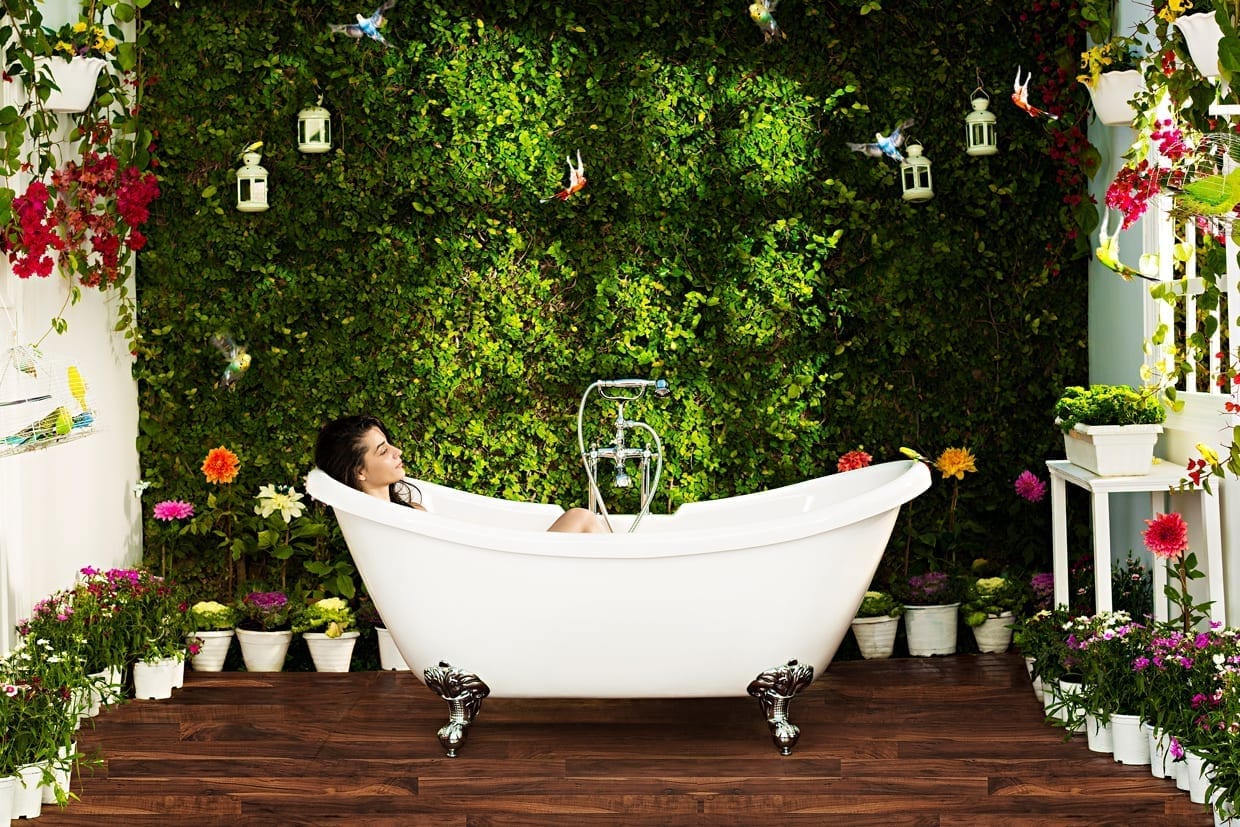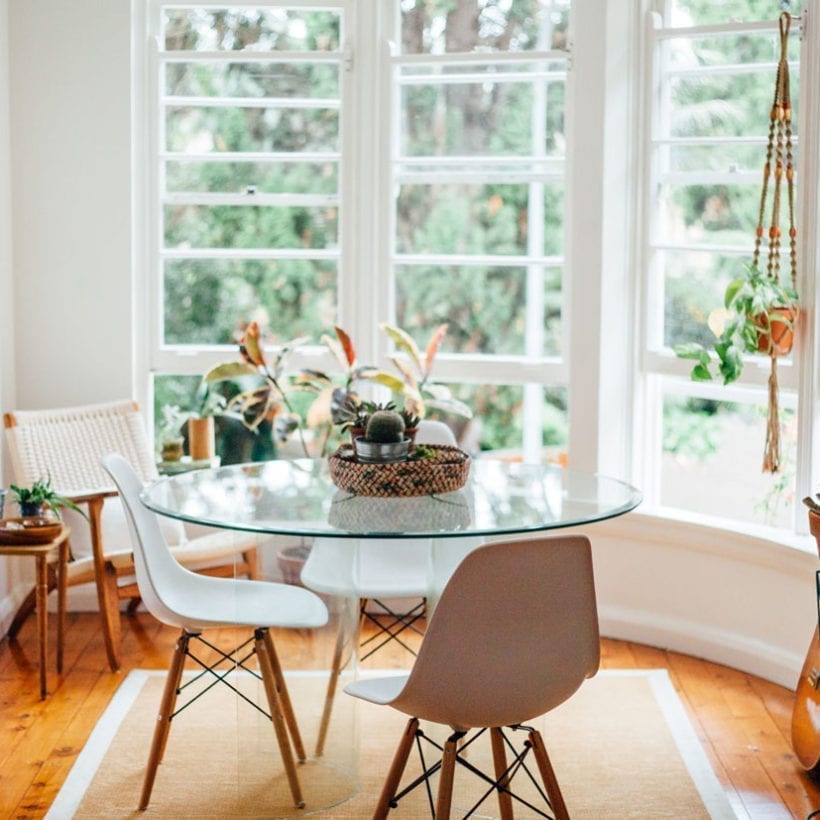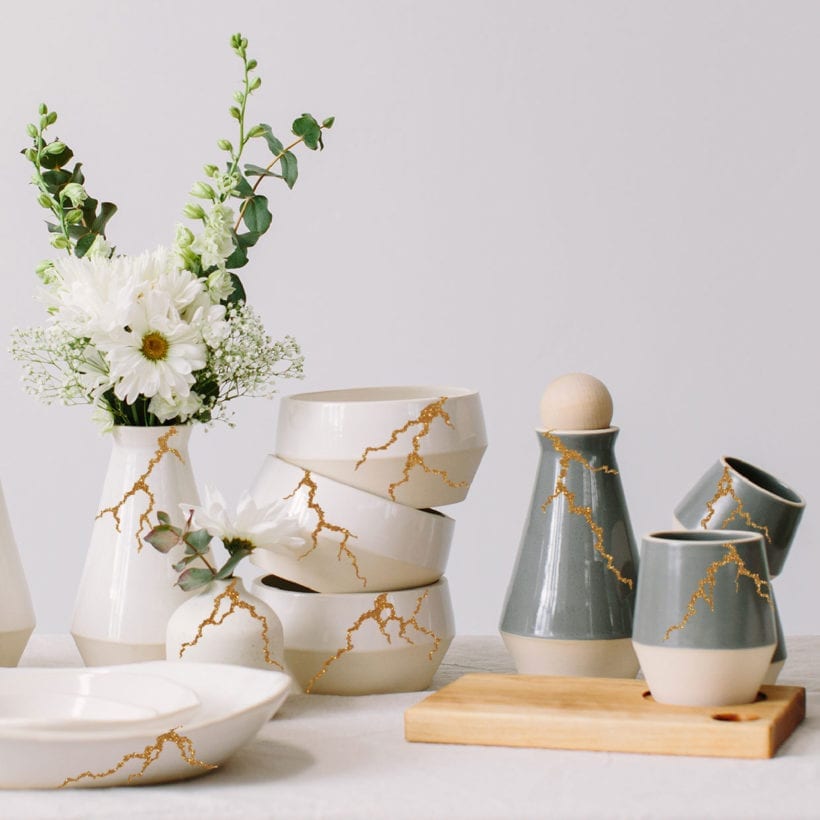A recent report from the United Nations’ Intergovernmental Panel on Climate Change (IPCC) suggests that we only have 12 years left to save the earth from the catastrophic effects of climate change.
Curious how you can help? Luckily, many of these changes can start in the home. Everyday practices, such as recycling and turning off running water, can reduce your home’s — and your — negative impact on the environment.
While transforming your home into an eco-savvy space might seem like a strenuous undertaking, there are plenty of simple ways to make your place greener in a pinch. So to help preserve our planet’s natural resources, we put together a list of ways to make your house more eco-friendly — no contractor necessary.
Switch to Energy-efficient Light Bulbs
Like it or not, those inexpensive incandescent light bulbs you buy at the grocery store are not doing you — or the environment — any favors. According to the U.S. Department of Energy (DOE), energy-efficient light bulbs, such as light-emitting diodes (LEDs) and compact fluorescent lamps (CFLs), typically use about 25 percent to 80 percent less energy than traditional incandescents — resulting in less greenhouse gas emissions and lower electricity bills. And while they may cost you a little more upfront (an incandescent bulb can cost pennies while CFL bulbs and LED bulbs generally run anywhere from $2 to $4 ) the DOE says Energy Star-approved light bulbs last up to 25 times longer than incandescent ones — meaning you will save even more money by using them in the long run.
Channel Your Inner Green Thumb
A little greenery goes a long way when making your place more eco-friendly. Not only do houseplants naturally release oxygen (improving the airflow in your home), research from NASA proves they help purify the air by absorbing carbon dioxide, too. Since they consume carbon dioxide (a major greenhouse gas with a warming effect), placing plants in your bedroom will refresh the air while you sleep. And during the warmer months, plants will help keep the air temperatures down because plants release cooling water vapors whenever they get hot.
Create a Kitchen Compost Bin
You can start turning your food waste into nutrient-rich soil from indoors with nothing more than a compost bin. Compost bins, along with cutting down waste and reducing the use of environmentally hazardous pesticides, promote healthy plant growth, which helps purify the air by consuming greenhouse gas emissions. Make your own DIY style or buy a compact countertop model to corral food scraps inside. Simply mist with water every week and voila: You will have a solid compost pile for garden soil in no time.
Use Natural Cleaning Products
Most conventional cleaning products are packed with toxic chemicals, such as phosphorous and ammonia, that are every bit as hazardous to your health as they are to the environment. Make the switch to all-natural cleaning products, i.e. ones made with biodegradable ingredients like vinegar, lemon or baking soda to ensure your indoor air stays crisp, clean and toxin-free.
Smarten Up
If you are not already hip to the eco-savvy powers of smart home technology, then now is the time to listen up. Along with streamlining everything from your home’s lighting to the thermostat, smart home automation — including app-controlled light bulbs and Wi-Fi-enabled thermostats — allows you to control your home technology by phone, from just about anywhere, so you can save energy and money by ensuring your electronics are turned off (and not running up your electric bill) when you are not there.
Install Low-flow Showerhead
As more and more regions across the globe struggle with droughts, figuring out how you can conserve water at home is more important than ever. In addition to everyday practices like fixing leaky pipes and faucets and turning off running water while you brush your teeth, installing low-flow showerheads at home offers a foolproof way to save water.
Invest in Energy-efficient Windows
The DOE estimates that heat gained-and-lost through windows is responsible for about 25 percent – 30 percent of residential heating and cooling energy use. Whether you upgrade your current windows with some weatherstrip and insulating blackout curtains or replace them with an Energy Star– or NRFC-approved model, energy-efficient windows are a surefire way to cut back on energy waste at home.
Invest in an Energy-efficient Clothes Dryer
According to the DOE, “clothes dryers use more energy than any other household appliance, contributing to higher energy bills and unwanted carbon pollution.” Invest in an Energy Star-certified clothes dryer, especially one with a low heat setting and a sensor-drying option, to use about 20 percent less energy when you do your laundry.
Cook More Conscientiously
Chances are you are not cooking as eco-conscientiously as you could be. Luckily, there are several simple steps you can take to create a more energy-efficient kitchen. According to the DOE, using a microwave or a toaster oven to reheat small items uses 80 percent less energy than a standard oven. And because their shape allows for more contact with the heating elements on your stove, flat-bottomed pots and pans require half the amount of energy to heat up than ones whose bottoms have become warped after years of use, Take some time to familiarize yourself with energy-conserving kitchen items so you can score a more eco-savvy cooking space. And start to grow herbs on your balcony.
Decorate Mindfully
Design lovers rejoice: There is an assortment of sophisticated décor items that can help make your home greener inside. Opt for organic or sustainable bamboo sheets and a nontoxic mattress to avoid spreading any harmful synthetic toxins around your bedroom. Or cover your place in a fresh coat of eco-friendly paint — like ECOS paints, which are made with all-natural ingredients like clay — to keep pesky chemicals at bay.
We only recommend products we have independently researched, tested, and loved. If you purchase a product found through our links, Sunday Edit may earn an affiliate commission.












